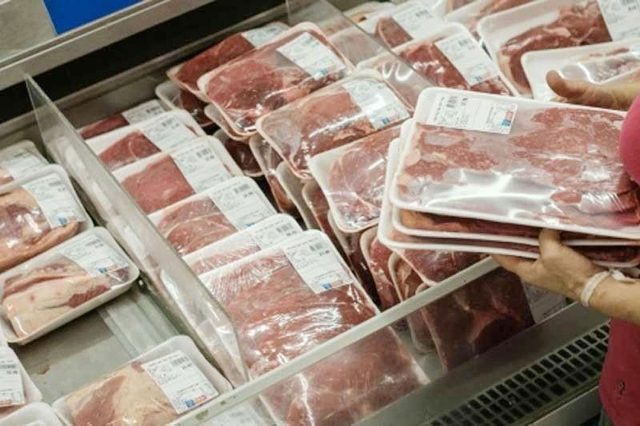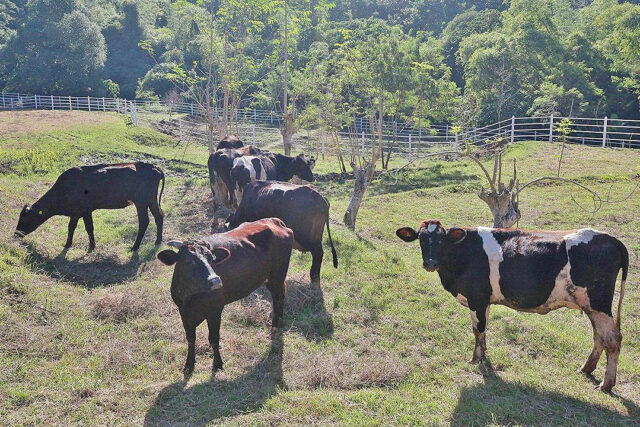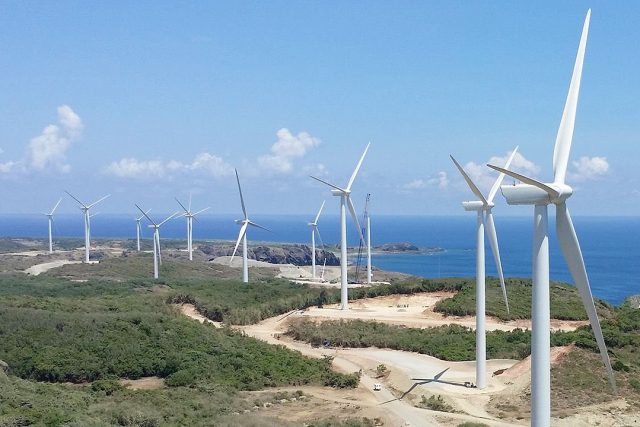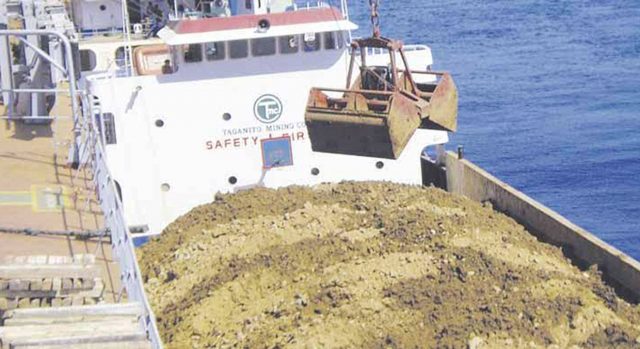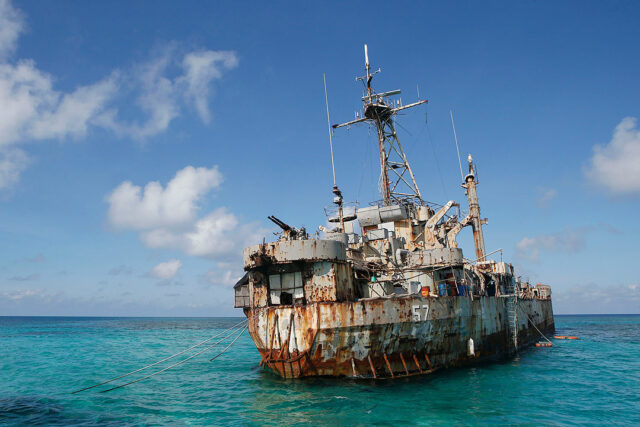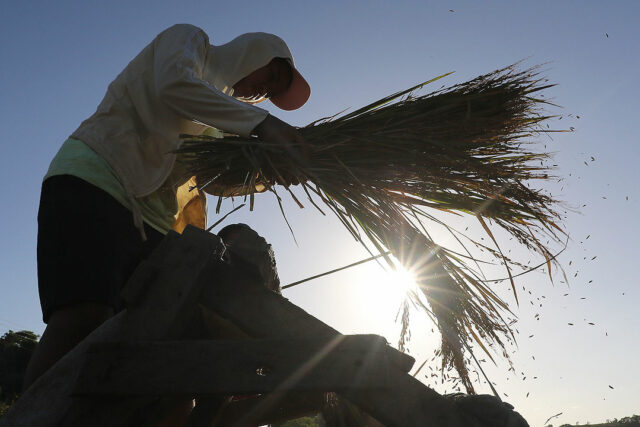PPP measure expected to clear third reading in Senate this week
THE Public-Private Partnership (PPP) Center said it expects the proposed PPP Act to win third-reading approval this week.
“Right now, we are still in the period of amendments, and we hope to reach third reading within the week. We are closely coordinating with the Senate team,” PPP Center of the Philippines Executive Director Cynthia C. Hernandez said.
The proposed PPP Act is currently awaiting second reading in the Senate. Its counterpart bill at the House of Representatives was approved on third reading in December.
In May, President Ferdinand R. Marcos, Jr. certified the PPP legislation as urgent, facilitating the expedited approval of the measure by doing away with the waiting period between readings.
“We are integrating amendments as requested by the Senate. We are hoping that before the end of the current session, the PPP Act will finally happen,” Ms. Hernandez said.
Ms. Hernandez said that the bill addresses ambiguities in the existing law.
“The PPP Act intends to fold in joint ventures (JVs) under a unified PPP legal framework. It’s easier and it helps in the perception of market risk or country risk to have one legal framework to cover business ventures. It would be somewhat of a headache explaining to investors why JVs are under a separate law or certain entities have a different law governing their PPP projects. That’s one of the things we want to improve,” she said.
“Another would be to provide a predictable tariff regulation regime that protects the public interest,” she added.
The measure also aims to address bottlenecks and challenges in the PPP process.
Ms. Hernandez said that the bill updates the approval threshold for national PPP projects, delegates approval of local PPP projects to local government unit councils or boards of universities and colleges and shores up the institutional authority of the PPP Center.
The proposed PPP Act also seeks to improve the framework for unsolicited proposals, among others.
“To this end, the state shall provide an enabling environment for the private sector to mobilize its resources for the purpose of financing, designing, construction, operations, and maintenance of infrastructure and development projects. As provided by law, the government shall foster robust private sector participation by providing financial incentives and by reducing costs of doing business,” according to the Senate bill.
As of Aug. 11, 180 PPP projects have been awarded worth P2.638 trillion, including 122 national and 58 local projects.
In the pipeline are 106 PPP projects worth P2.491 trillion, not including projects undergoing study and yet to achieve financial closing.
Of the government’s 194 Infrastructure Flagship Projects, 47 will be implemented via PPP. They consist of 43 transportation, three health, and one water supply projects. — Luisa Maria Jacinta C. Jocson



